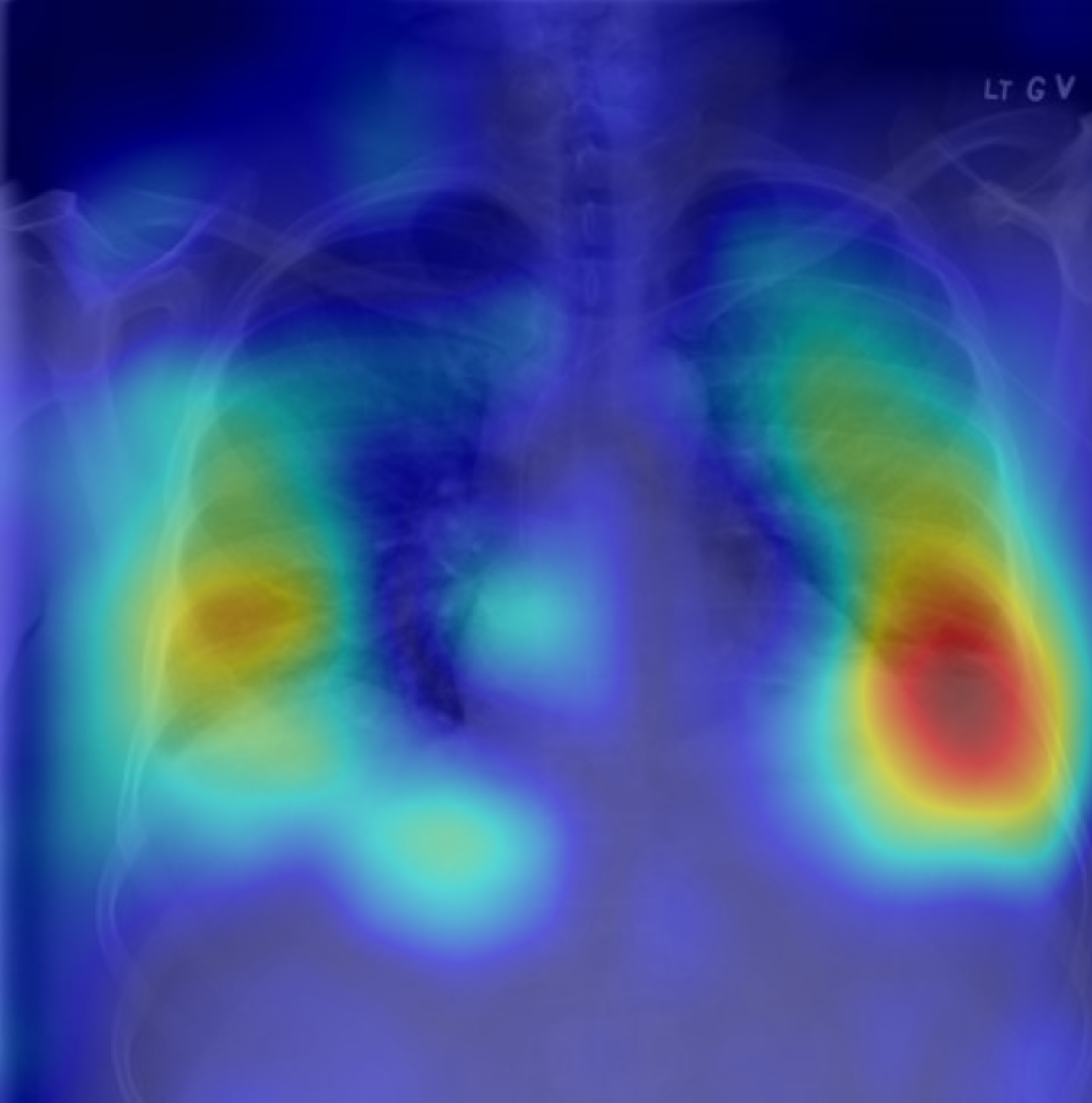R25 SECTION 6 - Natural Language Processing in Radiology

b'
Papers discussed in this Section 6 Podcast:
- H. Salehinejad, J. Barfett, S. Valaee, E. Colak, A. Mnatzakanian, and T. Dowdell. Interpretation of mammogram and chest radiograph reports using deep neural networks-preliminary results. arXiv preprint arXiv:1708.09254, 2017.
- Hassanpour S, Langlotz CP. Predicting High Imaging Utilization Based on Initial Radiology Reports: A Feasibility Study of Machine Learning. Acad Radiol 2016; 23 (01) 84-89.
- Pons E., Braun L.M.M., Hunink M.G.M. et al. (2016) Natural language processing in radiology: a systematic review. Radiology, 279, 329\\u2013343.
- Trivedi, H., Mesterhazy, J., Laguna, B. et al. Automatic Determination of the Need for Intravenous Contrast in Musculoskeletal MRI Examinations Using IBM Watson\\u2019s Natural Language Processing Algorithm. J Digit Imaging (2017). https://doi.org/10.1007/s10278-017-0021-3
Podcast Contents
- Why These Papers
- NLP Review
- Defining NLP
- NLP Pipeline in Figure 1
- Radlex
- Evaluation Measures - F1
- Types
- Diagnostic Surveillance
- Cohort Building
- Query based case retrieval
- Quality Assessment in radiologic practice
- Communication of critical results
- Clinical Support Services
- Resources in Table 2
- Operational Barriers
- Future Research Needs
- IV Contrast
- Why Chosen?
- Notes
- Processing Time Discussion
- Error analysis
- Cloud Service
- Passive Workflow integration.
- Predicting High Imaging Utilization
- Why Chosen?
- Notes
- SVM usage.
- Document-Feature Matrix
- Overfit
- Interpretation of Mammograms
- Why Chosen?
- Notes
- Bi-directional CNN
- Passive Workflow Integration
- Preprocessing
- Why Deep Learning
- Questions
\\xa0
'